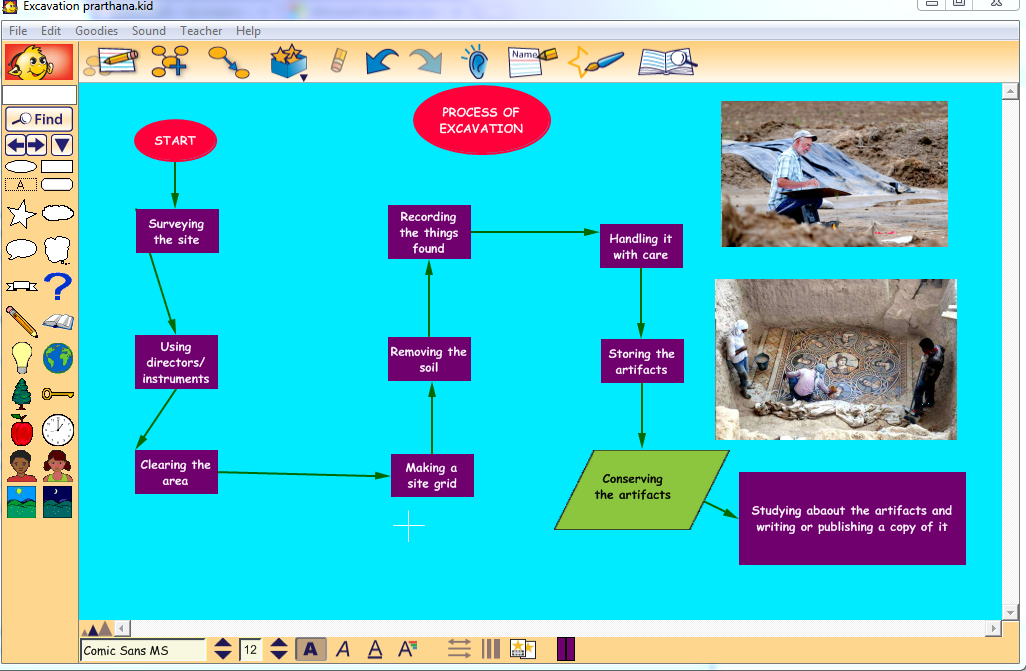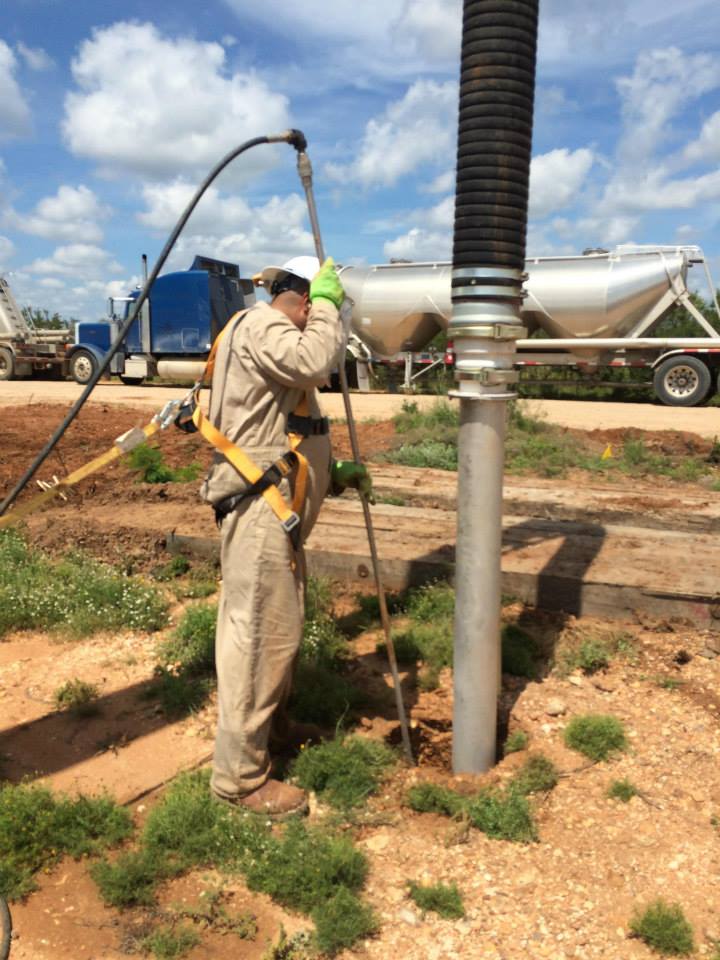Excavating Contractors Fundamentals Explained
Wiki Article
The 3-Minute Rule for Demolition
Table of ContentsThe Best Strategy To Use For ExcavatorAn Unbiased View of Mini ExcavatorThe Basic Principles Of Grading Contractors A Biased View of Excavation Contractors Near Me9 Simple Techniques For General Contractor


Scrapers or Pans dig deep into dirt in one area, haul and dispose the soil in one more area (trencher). It is tough to match the performance of scrapes for cut/fill dirt procedure if the haul range is much less after that a mile. Scrapes are generally pulled by a rubber tire wheel tractor and are sometimes pushed via the cut location by an excavator.
There are lot of times that scrapes are not utilized for site grading as well as a dump vehicle is employed: the haul may be to long, the haul may cross roads where scrapes are not allowed, tough rock might be encountered, equipment schedule, and so on. Discard vehicles are in usual usage as well as most likely require little discussion.
"Rock body" beds, on the other hand, have no tailgates and can unload any type of size rock, although their quantity capacity is lessened. Compaction Devices increases the thickness of the soil and in some situations offers a smooth, rolled surface area.
Not known Details About General Contractor
From an easy test pit to percussion drilling to core drilling the proprietor has increasingly much more expensive options that yield increasingly much better information regarding the site underground. For example, the Owner on a 100,000 SF building project might accredit twenty uninteresting places with split spoon soil samples taken till rock is gotten to and after that core samples of rock.Knowing the kind as well as quality of rock (from the core examples) and also location of rock (from the dirts boring) is an actual advantage in jobsite planning. Alternatively, the Owner of a 100,000 SF building might make a decision to wage no geotechnical testing whatsoever. The decision concerning geotechnical testing is usually made by a Proprietor with no input from the Building Supervisor.
An expertise of the approximate location of the rock aids the Building Manager to plan the sequence of actions following rock excavation. If rock is in one corner of a huge building task, for instance, the planet excavation could begin at the contrary end of the building in order to start structure work soonest.
Beginning the structure job early would be a great suggestion if the rock can be eliminated by tearing. If the rock is exceptionally hard as well as needs significant blasting, it may be prudent to hold foundation work till the blasting is finished. The Construction Supervisor must work with these types of decisions as well as make use of all the technical date offered.
Excavation Contractors Near Me Can Be Fun For Everyone
Unidentified excavation stipulates that all rock or various other unexpected products (excluding harmful materials) run into in the sitework will certainly be the duty of the Contractor at no adjustment in contract expense. An unidentified excavation is simpler from a book-keeping point ofview and puts the responsibility for geotechnical conditions onto the Sitework Specialist.How Water Impacts Sitework? It's remarkable what her response a hefty rain can do to a building task. Before the rain, the website may be dry, hefty equipment effectively relocating planet, the other trades smoothly doing their job. Within hours the project can be a sloppy, mud-hole with worker effectiveness reduced to concerning 10%.
In a lot of locations of the globe, the Building and construction Manager must remember an easy truth: IT WILL RAIN. Good planning can reduce the damage and interruption of a heavy rain to a jobsite. Typically the excavation as well as grading is entrusted to browse around this site the Sitework Specialist (as well as their Foremen is accountable to oversee as well as guide the heavy equipment and drivers).
The Construction Supervisor have to be continually conscious of what rain will do to the task website. It is not uncommon for the Sitework Foreman to function their heavy equipment for optimal performance as well as hope it does not rainfall. One of the finest ways to prepare for rainfall is to slope all grades to drain pipes as well as to smooth rolled the surface before a rain.
More About Excavation Companies
The Construction Supervisor should be perceptive enough to guarantee that hefty rainfall does not quit job on the task much longer than essential. Daily conversations with Sitework Foremen might be needed to accomplish this goal. Whenever excavation is required listed below the existing water table on a project, the procedure of dewatering have to be thought about.In a genuinely natural soil, the water travels so slowly via the clay or silt that dewatering is not Our site generally essential for the fairly short time of excavation. Dewatering may be needed for a solitary footing excavation or for an entire task website. One of the most common dewatering methods are trench drains pipes, deep wells and also well points.

Ground water seepage can additionally be lowered by cutoff techniques such as sheet piling. The prices for dewatering can be incredible, including tools leasing, labor and also electrical energy (or fuel). High dewatering prices have faded the profit margins on much as well many projects. The several variables listed below make the work of estimating dewatering prices extremely hard, as well as really inexact.
This choice needs to always be taken into consideration when evaluating the possibility of dewatering. Obviously the choice is just practical if gravity can run the water to lower ground. Trench drains pipes can be reduced with a backhoe as well as loaded with a coarse, granular material (# 4 stone for instance), but care needs to be worked out in picking the water outlet type as well as area.
Unknown Facts About Excavator
A siphon, by interpretation, utilizes atmospheric stress to carry water from one altitude, up over an obstacle, to a reduced altitude. The pipes in a siphon system must be closed and some resourcefulness is typically called for to totally load the siphon pipe. The siphon pipeline must be complete for the siphon to begin.A deep well contains a pump, hose pipe as well as an upright well casing. The pump intake is at the base of the well casing (normally some smashed stone is put down there as a filter tool) (excavator). The water is pumped up the tube, out of the well casing, as well as to an ideal discharge location.
In a rugged sand, for instance, a huge area can be pumped to near the pump intake altitude. A much less permeable dirt, on the various other hand, decreases the efficiency of a deep well. Since the pump is typically at the end of the deep well, there are no elevation limitations because of vacuum lift, and also deep wells can lower the groundwater over 50 feet.
On the bottom of the wellpoint there is a 2 foot long screen as well as shutoff, water jets out of this shutoff and also develops a hole into which the wellpoint pipe can be reduced. This hole is commonly made a bigger size (for instance 10 inches) to permit a coarse sand backfill to help filter the water (excavation companies).
Report this wiki page